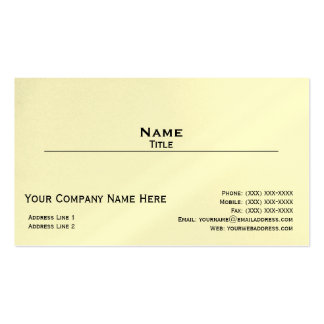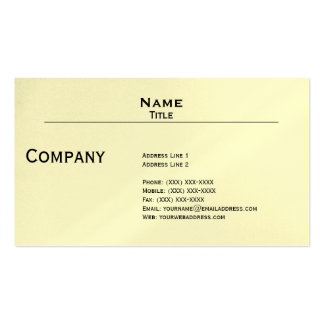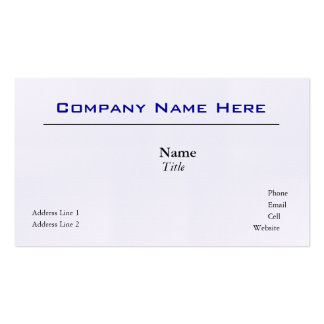One of the great opportunities we have as a marketing firm is to work with bright, passionate business leaders. As we interact with new clients, we get to learn all about these individuals and the companies they run. Diving into their company history, operations, and processes is fascinating, but we frequently can see things that our clients don’t. It’s not because they aren’t intelligent or insightful, it’s simply because we have the advantage of an outsider’s perspective.
Asking the right questions is a vital tool for a consultant. The right questions stir up more questions, information and data—eventually leading to solutions. In this post we’ve put together a cheat sheet for you to use to look at your own business from a fresh perspective.
Here Are 11 Key Questions to Ask As You Consider How You Can Best Position Your Business for Continued Success:
1. What do your customers care about?
Almost everyone has a gut feel for what their customers think is most important, but very few have actually asked the customer directly. Most businesses are tempted to name price as the most important factor in a buying decision, but we’ve found that there are always aspects of a product or service customers don’t mind paying more than usual for. Knowing what your customers find compelling and what factors they weigh when making purchasing decisions is essential to how you communicate and create value.
2. What are your customers’ biggest challenges?
Becoming familiar with the challenges your customer faces on a daily basis will cause you to think about how exactly your product or service can solve those problems. Simply put, companies that can solve problems are companies that bring value. When you address an issue that causes pain for a customer, you become more than just another vendor; you become a trusted partner.
3. What are the biggest customer frustrations in your industry?
Maybe you work in an industry plagued by companies that misrepresent themselves. Or perhaps you work in an industry that is woefully unproductive with outdated processes and technologies that hamper a customer’s experience. Understanding any preconceived notions a customer might have when dealing with a provider in your industry will help you emphasize how your company avoids common pitfalls.
4. What is the typical buying process for your customers?
When a compelling event disrupts the buyer’s day-to-day life, they become aware of a new need for what you provide. Once the buyer is aware of this need, it is important to know what his or her next steps are. While gathering information for purchases, some customers will start with a simple Internet search while others will go directly to trusted peers for a referral. Knowing where, when, and what to communicate to a prospect keeps you involved at every step of the way and positions you as an obvious choice to buy from.
5. Who is your ideal customer?
Throughout your history as a company, it’s likely that there are certain characteristics in a customer that assimilate much better with what you offer. For instance, the geographical location of the customer, the organizational structure of their company, the markets they sell into, and the specific demands of their end user all have implications on your experience with any particular customer. Increasing the total number of leads you generate is a positive thing, but increasing the number of the “right” leads is a much more valuable pursuit.
6. Are you meeting expectations?
In order to meet (or exceed) a customer’s expectations, the first step is to mutually define them. These expectations could revolve around the level of service or responsiveness that is desired in communication, or the level of quality at which the customer expects your product to perform. The next step is consistently pursuing honest feedback about your performance through customer satisfaction surveys. Customer satisfaction is critical because it impacts not only your relationship with them but also how likely they are to refer you to their peers.
7. Who are your competitors and what do they offer?
This might be another question that sounds too obvious to be taken seriously, but it is another area where we have seen disconnect with companies. Business owners will often highlight offerings they deem as a true competitive advantage, but after our competitive research is complete we discover that particular offering to not be so unique after all. The only way to stand out is to know what your competitors are offering and communicating to your prospective customers.
8. What can you offer that no one else can?
This should be one of the first questions you ask yourself after taking an honest survey of the competitive landscape. Identifying a void between what is offered (or at least communicated) by your competitors and what customers have deemed as important (from Question 1) provides an opportunity for a real competitive advantage.
9. Are there industry or economic trends that will affect how you do business in the future?
To varying degrees, every business is affected by their immediate industry, their customers’ industries, and the economy as a whole. It’s important to be aware of advancements in technology, shifts in demographics, new research, or larger economic factors in play at any given time. Determining how these factors will affect your customers, their needs, and your offerings will be critical to staying competitive and relevant.
10. What are your weaknesses?
Most companies have conducted some sort of internal analysis and have identified self-prescribed weaknesses. Far fewer companies have actually asked their customers for their opinions on what areas could be improved. Keeping the customer experience in mind will help you prioritize where you spend your improvement efforts. Attention should first be given to improving the areas of your business that most directly affect your customers, and as those problems are resolved your efforts can then turn towards those that may not be as pertinent. This can be an uncomfortable exercise but it is certainly valuable as you have the opportunity to correct mistakes that might otherwise linger.
11. Why do you do what you do?
In his most popular presentation, Simon Sinek taught us to “Start With Why.” According to Sinek, “People don’t buy what you do, they buy why you do it.” At its core, every organization should have a true purpose that drives its decisions and aspirations. The most successful companies are those who attract customers (and employees) by establishing a deeper bond through a shared sense of purpose.








No comments:
Post a Comment